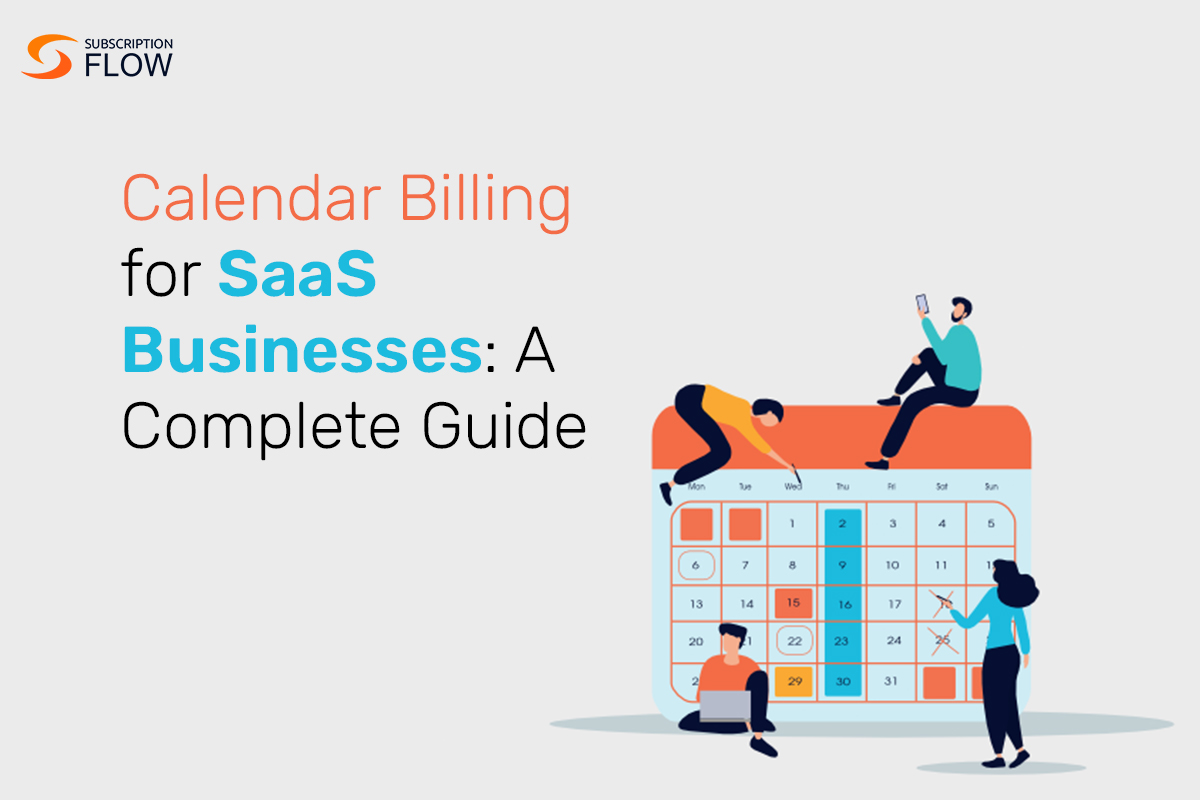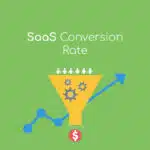
Calendar Billing for SaaS Businesses: A Complete Guide
Billing is at the heart of any business’s financial health. A one-size-fits all approach does not work for the diverse products/services and complex business models found in modern business. Testing and implementing billing protocols that are most suited to your unique business needs results in frictionless cash flow, better customer relationships and more revenue for your business.
When it comes to the subscription business model, a most typical approach is to recurrently bill the customer on their sign up or activation date. Despite this being a standard and straightforward approach, to stay competitive alternative billing strategies are definitely worth exploring.
Calendar billing is one such billing approach popular among B2B SaaS businesses. In this blog we’ll deep dive into the concept of calendar billing, answering questions such as how it works, what B2B SaaS companies stand to gain from it and how to implement it.
What is Calendar Billing?
Calendar billing is a billing model where businesses bill customers for their subscriptions on one or multiple preselected dates, irrespective of when they initially subscribed to the product or service. There are multiple factors that go into choosing a singular or a series of specific dates to collect subscription payments.
Overall, SaaS subscription billing typically follows either anniversary or calendar billing.
- Anniversary Billing: This method involves billing customers on their subscription start date. For example, Anna signs up for a project management SaaS tool for her company on the 1st of May and selects a monthly plan. She receives an invoice on the 1st of each consecutive month till she cancels.
- Calendar Billing: In contrast, calendar billing entails billing customers on a specific pre-selected date, regardless of their purchase date. For example, David subscribes to a CRM software on the 3rd of June but is billed on the 15th of July for his renewal (instead of the 3rd of July).
Why Choose Calendar Billing?
There are many reasons why calendar billing for SaaS may be a better strategy than anniversary billing. Here are a few reasons:
1. Revenue Predictability
Synchronizing all subscriptions to a specific billing date means you have a very resolved payday. This offers high visiibility and transparency over your revenue which facilitates revenue forecasting.
Read More: The Best Approach to Forecasting Subscription Revenue
With fixed billing dates and recurring billing models, you can confidently expect payments to arrive on time. This predictability extends not only to each billing cycle but throughout the customer lifecycle. Proper revenue forecasting is necessary to plan growth and attract investors particularly if you fall in the startup and SMB category.
2. Workload Management
Calendar billing allows you to set multiple billing dates for customers, enabling you to divide them into batches based on their sign-up timeframes. Each batch can then be assigned a dedicated support team, shortening support ticket resolution times and streamling unpaid invoice follow-ups. This organized approach enhances overall business efficiency and customer satisfaction.
3. Increased Revenue
Fixing a uniform billing date simplifies invoicing for customers with multiple subscriptions. Instead of sending individual invoices separately on different dates, you can send out consolidates invoices on a predetermined billing date. This benefits both customers and businesses significantly. Customers avoid confusion over multiple invoices and can conveniently pay for all their subscriptions at once. For businesses, it minimizes revenue loss due to lost invoices and missed payments.
How to Implement Calendar Billing?
Calendar billing implementation typically involves three steps:
1. Fixing the Billing Date
Once a subscription is created, you must establish a billing date for subscription renewals. Businesses have flexibility in choosing this date:
- Set a billing date that aligns with your organization’s preferences. For example, if your organization chooses the 15th of every month as the billing date, regardless of a customer signing up on a different date like June 5, their subscription will renew on the 15th of each month, not based on their sign-up date.
- For customers with multiple subscriptions, consolidate multiple billing dates into a single billing date by generating one invoice that includes details of all subscriptions.
- Optionally, set multiple billing dates if needed, allowing for greater flexibility.
2. Configuring the Billing Schedule
When introducing a new billing date, two approaches can be taken:
- Immediate Adjustment: The new billing date takes effect immediately. The chosen date becomes the billing date for the subscription starting immediately, and the first billing is prorated as needed. For instance, if a customer subscribes on June 8 but the new billing date is set to the 20th of every month, the first billing cycle charges for usage from June 8 to June 20th..
- Delayed Adjustment: In this scenario, the new billing date becomes effective only after the customer’s subscription completes a full billing cycle. That means the existing subscription aligns with the new billing date on the next renewal. For example, if a customer’s billing date is the 1st of every month but it’s changed to the 10th on April 3, the first billing cycle (April 1 to May 1) won’t have an invoice. The second cycle (May 1 to May 10) generates an invoice on May 10 that includes charges for both cycles.
3. Collecting Charges
After setting the billing date and aligning the subscription cycle with the new billing date, businesses can apply either regular charges or prorated charges:
- Regular Charges: The full subscription amount is collected each month, regardless of plan changes within the billing cycle. This is common for businesses dealing with physical products, where shipments or deliveries can occur even within an adjusted period.
- Prorated Charges: Charges are applied based on the number of days the service was used or offered. This model is popular among SaaS businesses where customers frequently change their subscription plans.
Read More: Unraveling Prorated Charges: Everything You Need to Know
When is Calendar Billing Used?
Calendar billing is particularly suited to SaaS businesses. Most SaaS businesses prefer billing based on sign-up dates, offering flexibility. However, managing invoices for numerous billing dates without an efficient billing system can be complex and time-consuming. This is where subscription billing software such as SubscriptionFlow can come handy.
SubscriptionFlow also offers calendar billing which solves this issue by grouping customers based on their sign-up date and billing them in batches on a predefined and consolidated schedule. This enables businesses to better forecast and track revenue. For example, an e-learning service might provide quarterly online degree programs with classes starting at specific intervals. Students enrolling in each quarter are assigned a dedicated billing date.
Final Remarks
Selecting the right billing method is crucial for any business. An efficient billing system should offer flexibility to meet customer needs while simplifying back-office operations. Calendar billing offers this flexibility by allowing businesses to change billing dates while managing subscriptions seamlessly.










